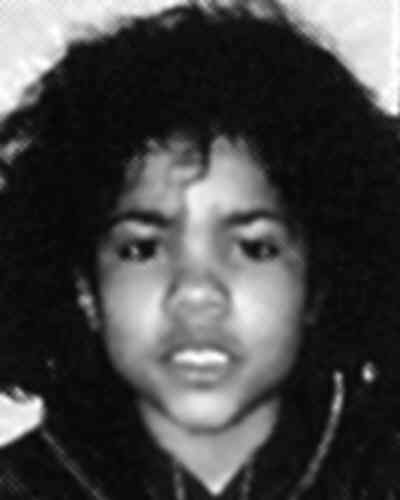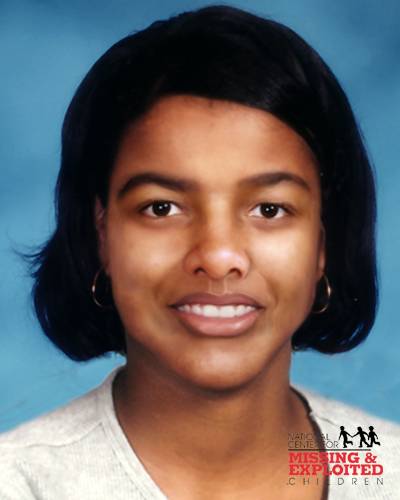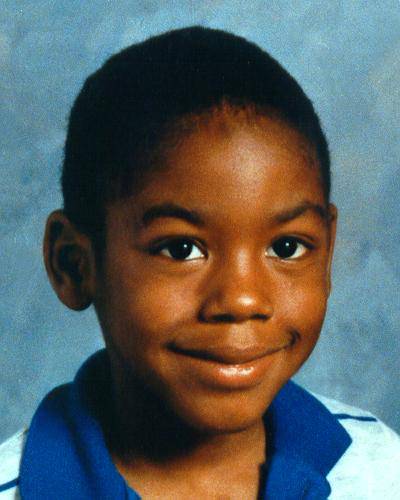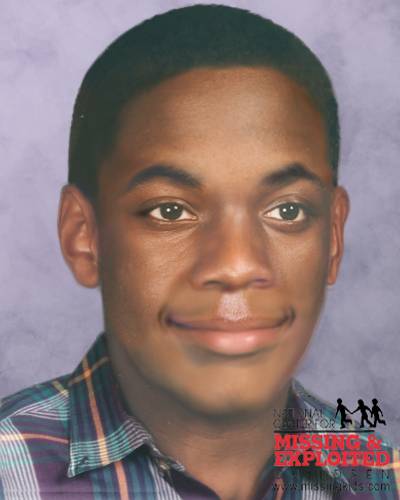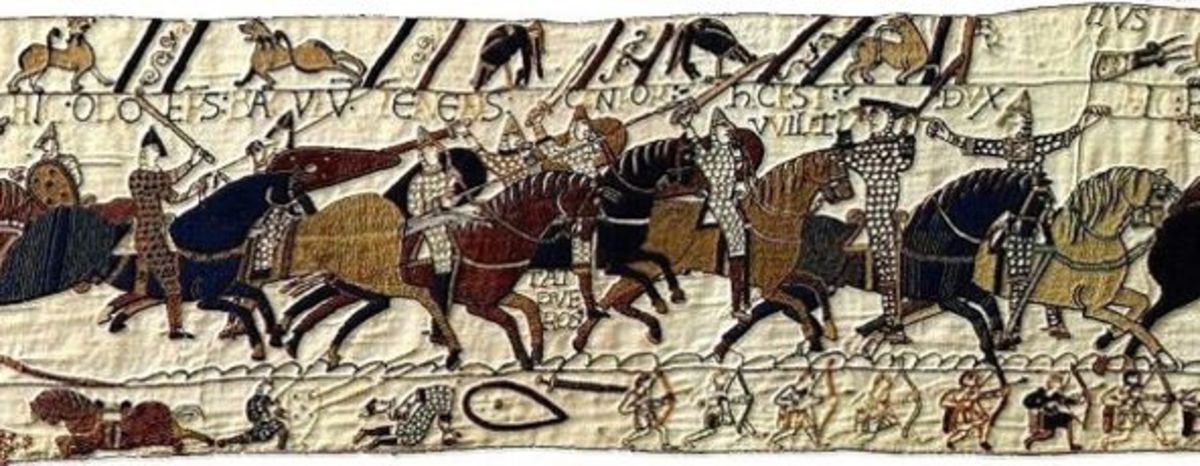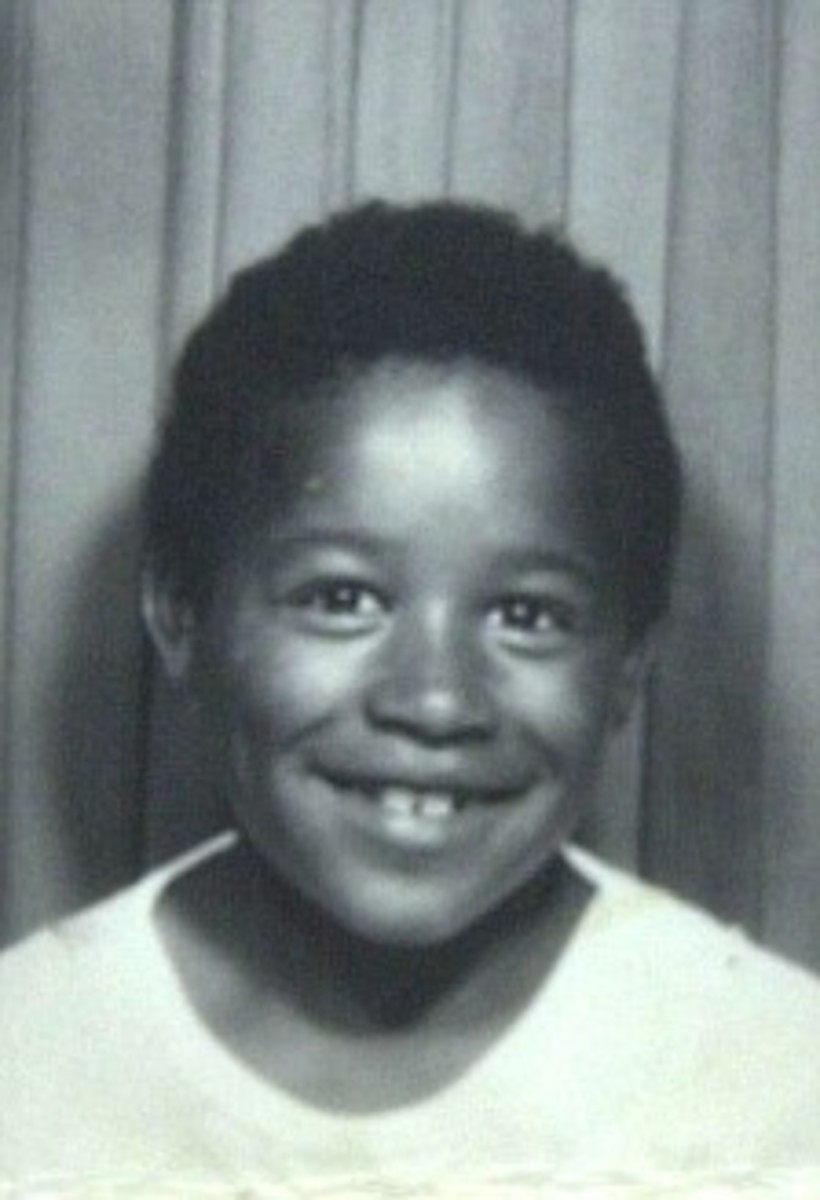APPEALING FOR RACIAL BALANCE IN HIGH-PROFILE MEDIA STORIES ON MISSING PEOPLE
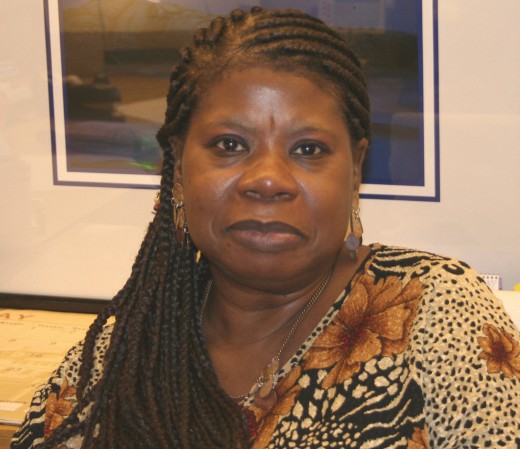
Balance in Reporting Stories on Missing People of Color
Richmond, VA 10-03-09
Four years ago, I read an interesting ‘Point-of-View’ article titled: 'Missing People: Two Cases and Two Sets of Standards', which focused on differences and similarities between the cases of two teenagers gone missing from the Richmond Tri-cities area. The article was written by a journalist (Mark Holmberg) writing for a mainstream newspaper—the Richmond (Virginia) Times Dispatch. One teenager was White and the other Black. But both were females and both stories had intriguing elements. The White teenager’s story made it to the national news arena, whereas the Black teenager’s story only made it to the local news front. And now, here we are five years later, and nothing has changed. This same scenario occurs regularly throughout mainstream media: most high-profile stories on missing or murdered victims remain largely focused on White females, with an occasional national story about an African American, Asian or Hispanic.
Of note: in addition to the POV in the Richmond Times Dispatch, I found several other articles on mainstream media’s preference for missing / murdered White female stories. These articles ran in the Washington Post, the New York Times and CNN online, and the journalists who candidly tackled this issue are commended for doing the right thing. As far as White visual media doing the right thing: there’s John Walsh, founder and host of the popular television program, America’s Most Wanted, who consistently presents racially-balanced reporting on his show. And there’s the ever-present victims’ advocate, Nancy Grace, who often features stories of missing and murdered people of color. But even with these laudable efforts, when one considers what the FBI states about missing people in this country: “…African Americans and other minorities make up the larger portion of people reported missing in the U.S,” IT’S NOT ENOUGH!
Mainstream media should put more effort into reporting racially-balanced stories about missing / murdered victims…and especially young victims.
Missing children’s activist, Alonzo Washington, has posted on his website the following excerpt: “…for year 2000, the NationalCenter for Missing & Exploited Children (NCMEC) reported 1,159 African American children missing…the highest number this organization has ever recorded.” In May 2006, National Public Radio host, Ed Gordon, interviewed Herb Jones, NCMEC’s Vice President of External Affairs, and Jones spoke candidly about media-related issues concerning missing Black children. However, in the decade since the NCMEC reported a rise in the number of missing Black children, my research turned up nothing in mainstream media outlets about this newsworthy report. If something was reported in mainstream media and I missed it, I’d love to read it and I’m open to publishing a retraction of the preceding conclusion.
Two Profiles: YOUNG, BLACK, MISSING and MURDERED
I am the host of a weekly radio talk show broadcasting out of Richmond, Virginia. A few years ago, after observing the 'Runaway Bride' runaway-coverage, I decided to do several radio shows on three children of color who went missing in the Richmond, Virginia area.
Basil and Jamal Abdul`Faruq: One Murdered and the Other Still Missing
In mid April 1990, eight-year old Basil Faruq and his seven-year old brother, Jamal, left their apartment to go outside to play and promptly went missing. Double kidnappings are sometimes accomplished by using one child to lure the other; however, no one came forward saying they’d witnessed the boys being taken. An officer involved in the search for the brothers told the local newspaper it was rare to have two children taken at the same time.
During a 1990 radio interview with the boys’ father, I will never forget the haunted, agonizing look in his eyes when he pleaded for anyone with information about his sons to please come forward.
Four days after the boys’ disappearance, Basil’s body was recovered south of Richmond in a ChesterfieldCounty landfill. It was reported that the eight-year old had been gagged and bound with duct tape, stabbed twice in the back and stuffed inside a trash bag. An exhaustive police-search of the landfill did not turn up Jamal’s body. A local television news reporter’s camera captured an image of the boys’ mother as she labored through what had to be a parent’s worse nightmare.
A month after the boys’ disappearance, America’s Most Wanted (AMW) ran a missing-child-alert on Jamal. Other than the AMW alert and a continuous notice on NCMEC’s website, there hasn’t been any national news coverage on the Faruq brothers’ unusual—a possible double-kidnapping—disappearance. To-date, no one has been charged with Basil’s murderer and Jamal is still missing.
Brittany Williams: the Brave Little Girl with AIDS
Brittany Williams was five years old when the Richmond(Virginia) Times Dispatch ran a piece on her life-story, along with a grainy, but eye-catching, photograph of her holding a puppy. Brittany’s father wasn’t in her life and her mother was dying from AIDS when she turned Brittany over to a caretaker. Brittany had also been diagnosed with AIDS. After reading her captivating story, no one could’ve imagined the bizarre circumstances under which this feisty little bi-racial girl would, again, capture local headlines.
In August 2000, Stacy Hawkins Adams, a journalist with the Richmond Times Dispatch, checked in for a follow-up story on Brittany’s health. The news was heart-wrenching: Brittany, now seven-years old, was missing and, due to her illness, in need of medical attention. Her caretaker—who is currently serving time in a Virginia prison for defrauding the government out of money she received for Brittany after Brittany disappeared from her home—claimed she’d given Brittany to two women who lived out-of-state. The caretaker’s story was investigated, and Brittany wasn’t with the two women she’d named. An exhaustive police search of the caretaker’s home turned up nothing. It seemed no one associated with Brittany knew where she was.
This story definitely has intriguing elements: an orphan-girl with a fatal disease suddenly disappears while her caretaker continues collecting assistance checks for her. And throughout Virginia, news outlets reported on Brittany’s story. Still…other than a recurring space on NCMEC’s website, America’s Most Wanted was the only national venue to run a substantial piece on Brittany’s disappearance. Again, if something was reported in national mainstream media and I missed, then I’d love to read it (and share it), along with publishing a retraction.
I spoke with Brittany’s heart-broken aunt on radio. She shared her loss with the audience, even though she’s grown weary of talking to media and, through the years of hearing nothing about Brittany, her health has taken a downward toll. She’d also put me in touch with the HenricoCounty police officer assigned to Brittany’s case. His name is Detective Eddie Kopacki and he’s responsible for getting Brittany’s story to AMW. Detective Kopacki said he maintains hope for some type of closure on what’s happened to Brittany, and he keeps her file nearby.
Across this country, there are more compelling stories of missing and murdered-children-of-color. Children whose disappearances and tragic deaths end with a profound question mark. And that’s unfortunate because…
The National Center for Missing & Exploited Children started as a result of a series of high profile missing child cases. Two of those cases are: the 1979 disappearance of six year old Etan Patz who was last seen on a New York street corner; and six-year old Adam Walsh who was abducted from a Florida shopping mall in 1981, only to be found later brutally murdered. Both boys’ tragic stories were carried in national (and sometimes international) news venues. Their families’ pain was shared with the masses, and anyone with a conscious heart felt their agony. In fact, some of us may’ve wondered how we’d hold up if forced to walk in the grieving families’ shoes. In short, the masses CARED…and not because the boys were White…we cared because we saw other human beings… blameless victims…innocent children who could’ve been members of our own family.
In conclusion: tragedy can happen to anyone and to any family. To this end, when searching for high-profile stories on the missing and the murdered, mainstream media should feature a diverse pool of victims. Besides, every victim with an intriguing story worthy of high-profiling isn’t always White, just like every criminal isn’t always Black, and serial killers aren’t always White. This is not a call for stereotypical high-profile victims who’re White, blond, blue-eyed or attractive, to disappear from national news line ups. Instead, those of us who write or talk about this concern are saying we want to see a diverse victim-lineup of high-profile stories. And why? Simply because it’s the right thing to do.
For information about missing children, please take a moment to visit the following web addresses:
- Alonzo Washington, ‘missing children’s advocate’: http://www.omega7.com/html/MissingKids.html
- Information & Advocacy on Behalf of Missing People of color: http://tamikahuston.org/
- Missing Black and Latino children: http://rimpa.com/blackPearls.cfm
- National Center for Missing and Exploited Children (NCMEC): http://www.missingkids.com
The MISSING: BRITTANY WILLIAMS and JAMAL ABDUL`FARUQ
